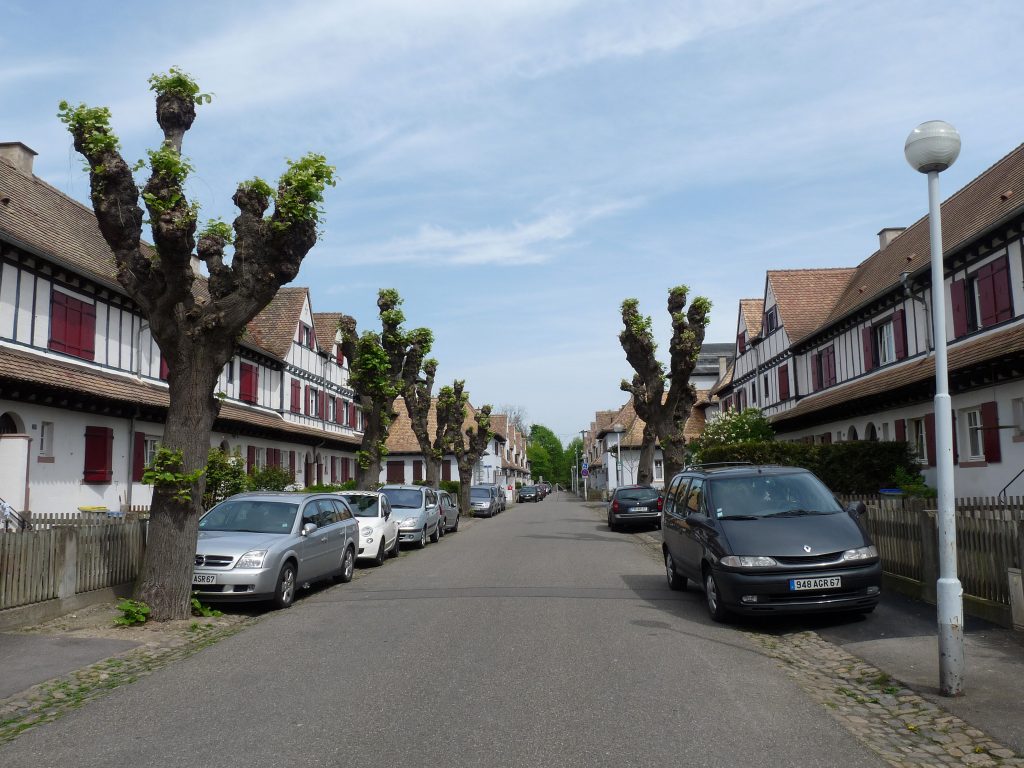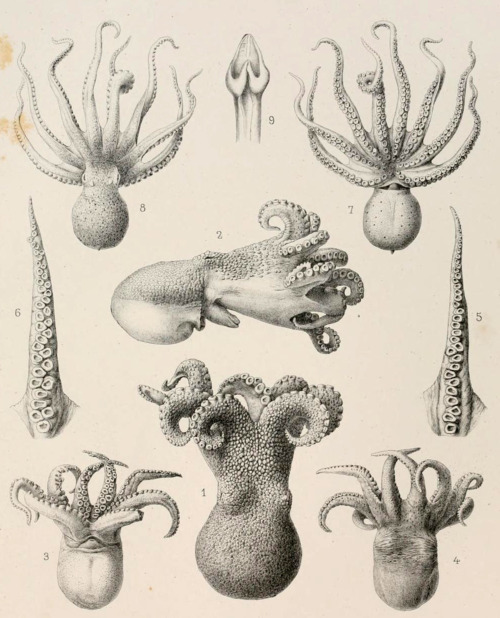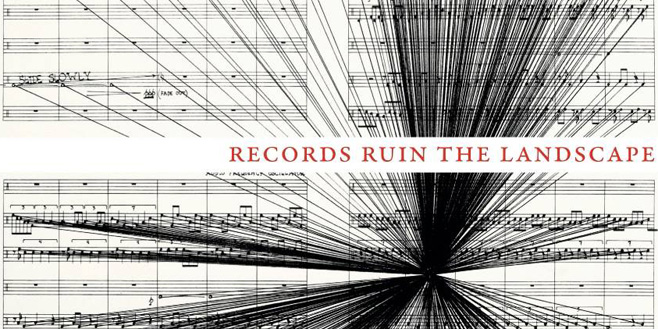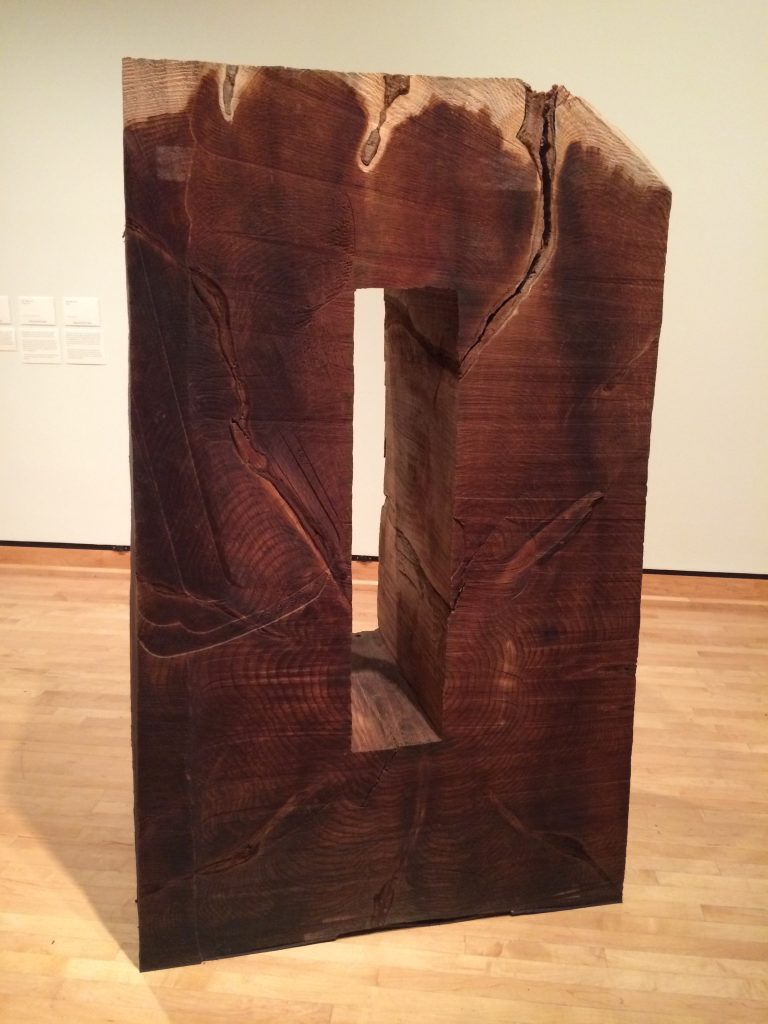Probabilistic Fiction
* Kevin Haworth *
Many of my beginning fiction students believe that once they’ve figured out the ending to a story, they are ready to begin writing. But those of us with more experience know the traps involved in that kind of thinking. Writing toward a preconceived ending—writing deterministically, in other words—can help you finish a draft. But it can just as quickly lead to airless, overly managed stories. Only by opening up the story, again and again, can we really find its territory. Probabilistic fiction, so to speak.
Probabilistic Fiction Read More »










